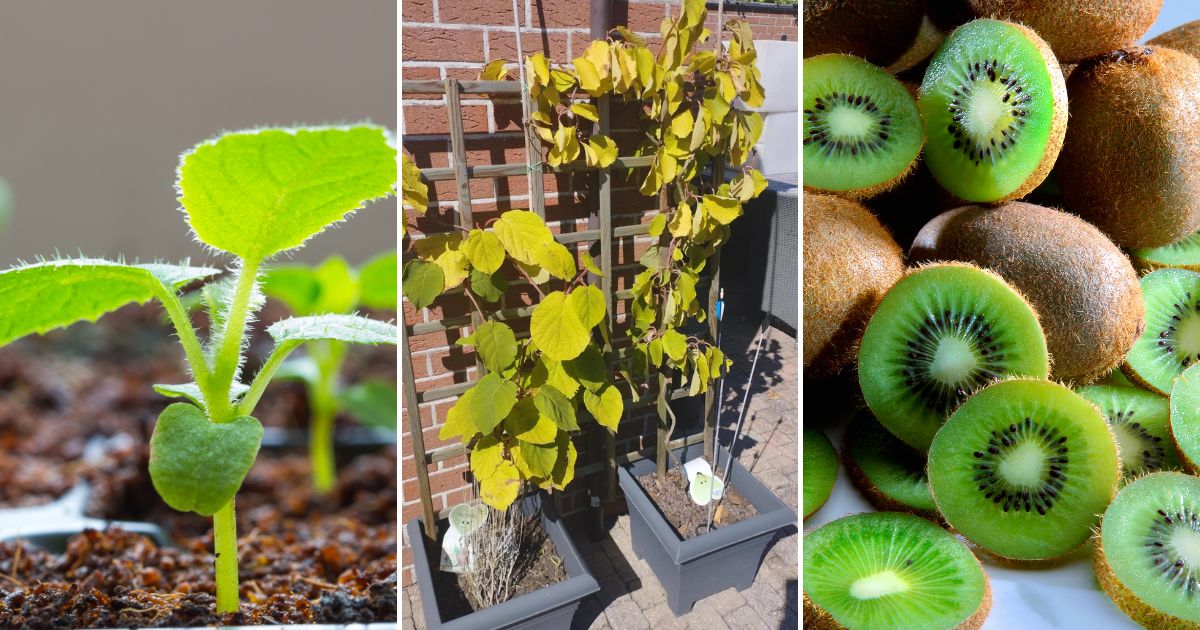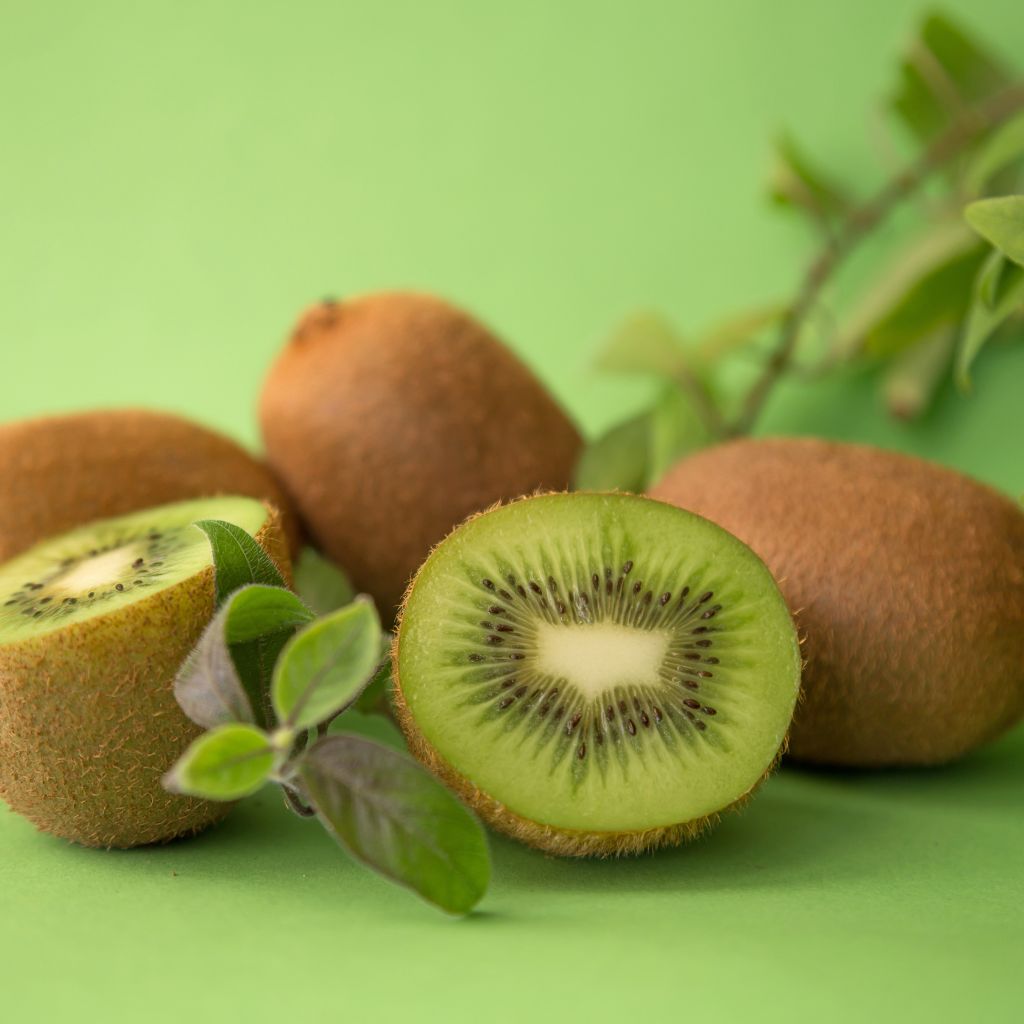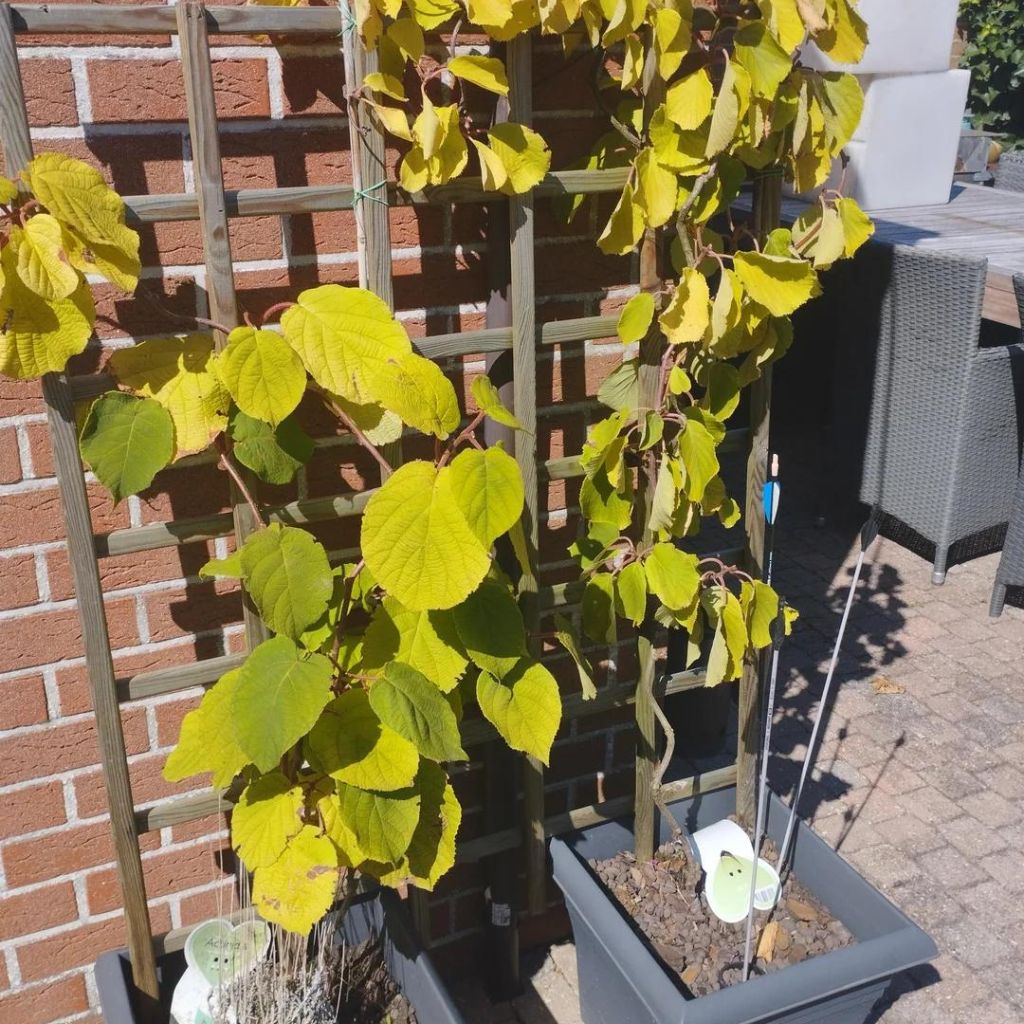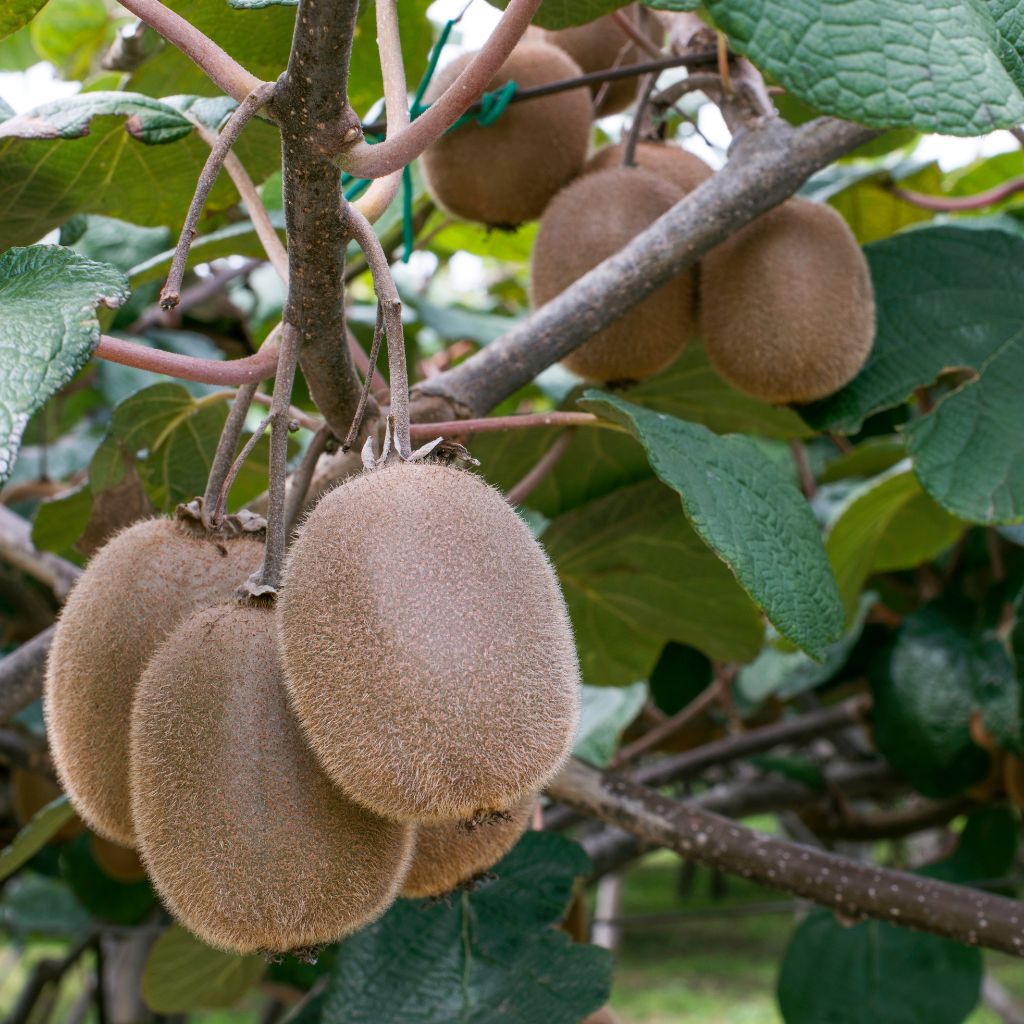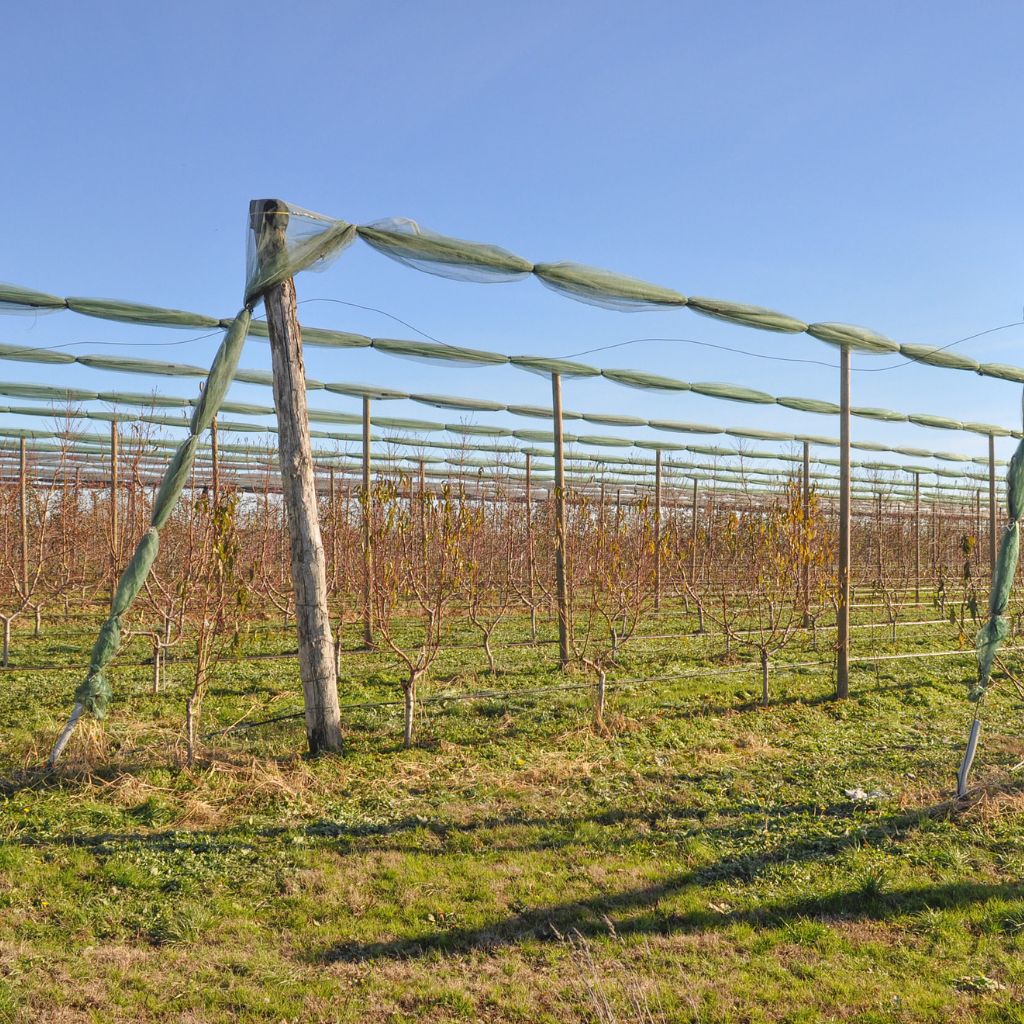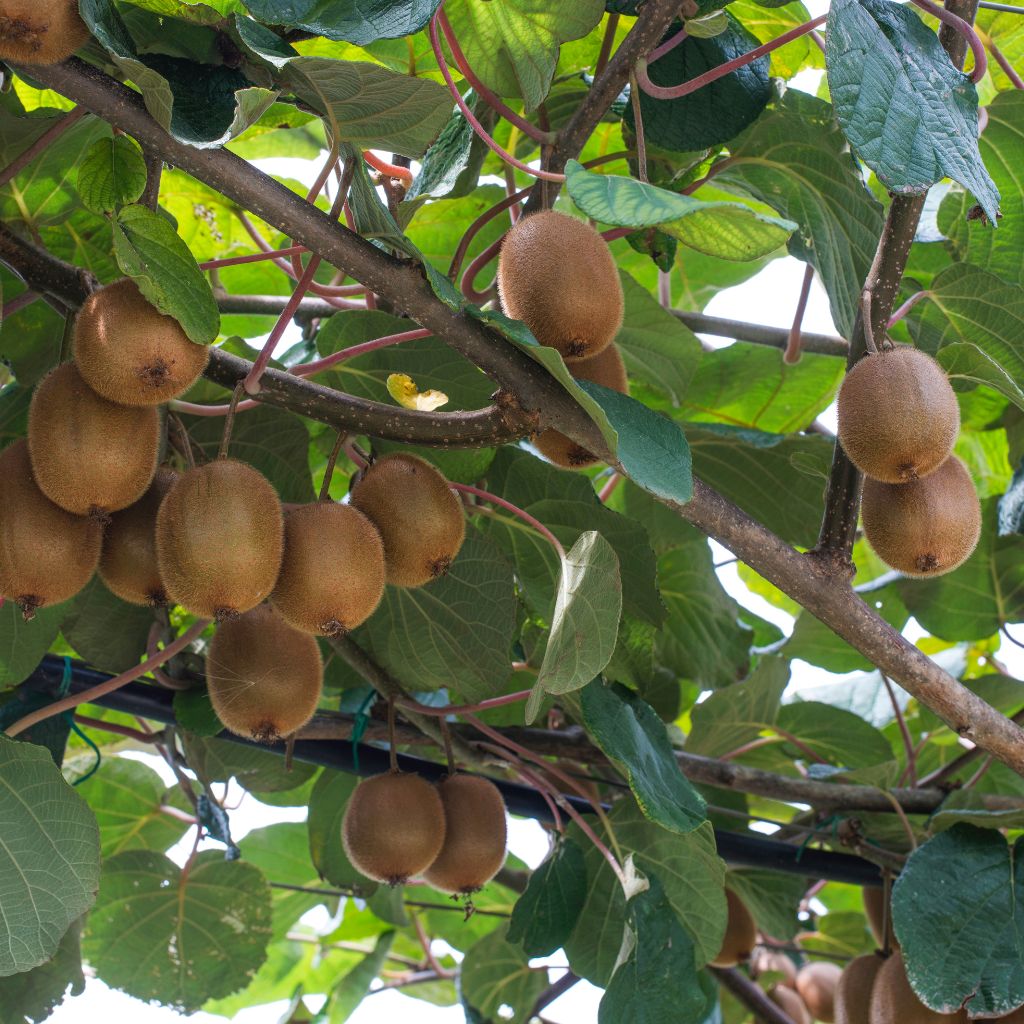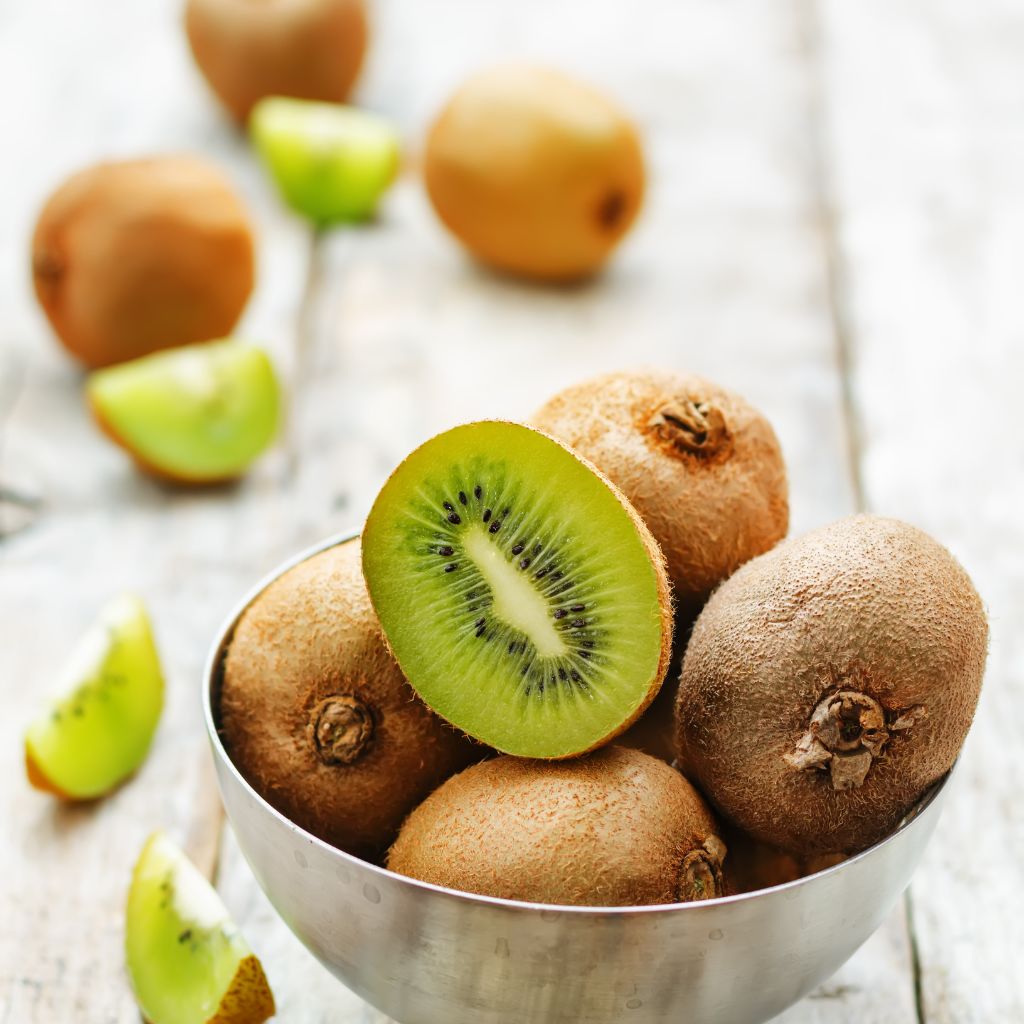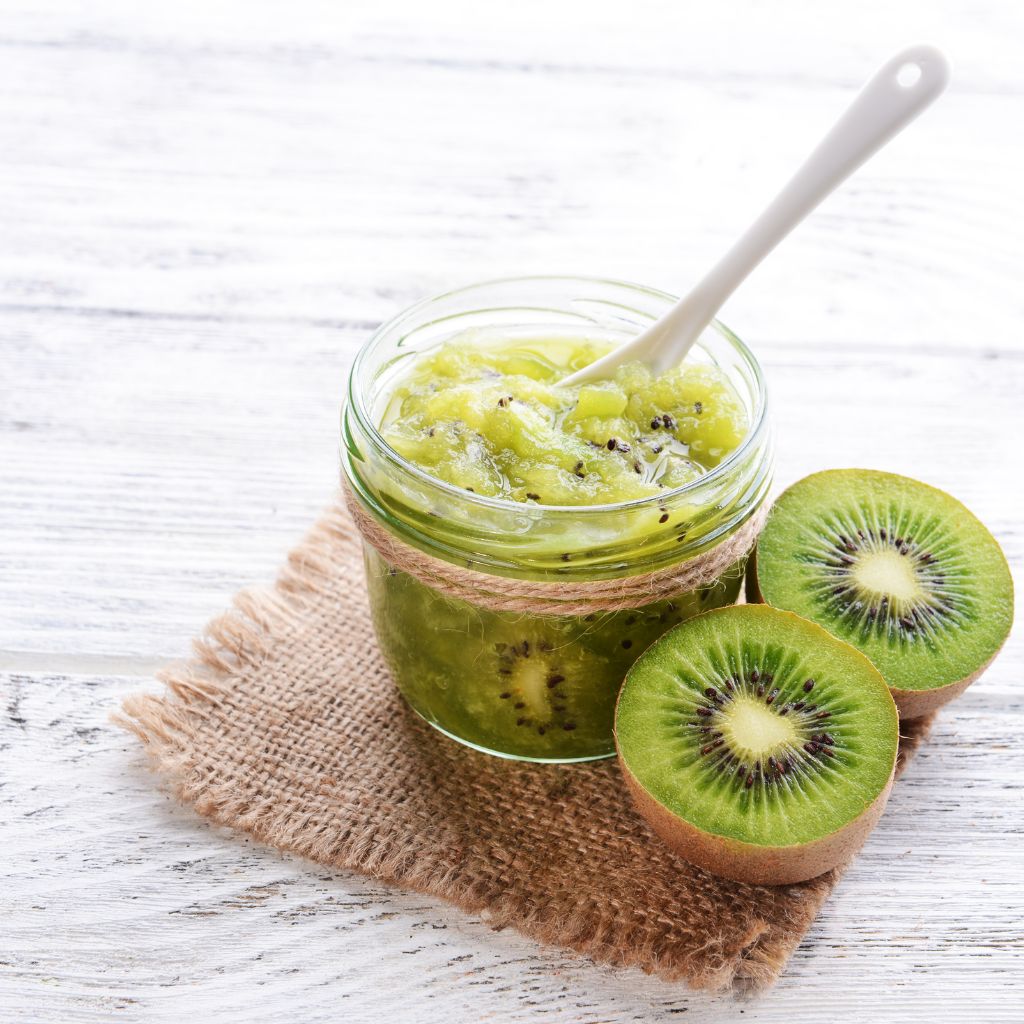Growing kiwi plants can be a rewarding venture for your garden. These plants are not only aesthetically pleasing but also offer delicious, vitamin-rich fruits.
You can successfully grow kiwi plants by choosing the right variety and ensuring they receive optimal sunlight and support.
You’ll find that kiwi plants thrive in areas with mild winters and warm summers. Providing a sturdy trellis or support system is essential, as kiwi vines tend to be vigorous climbers.
With proper care, your kiwi plants will flourish, bringing a touch of the exotic to your backyard.
Patience and attention to detail are crucial when nurturing kiwi plants. Regular watering and pruning help maintain healthy growth, and with time, your effort will be rewarded with a bountiful harvest.
Explore the details and tips in this guide to make your kiwi-growing journey enjoyable.
Understanding Kiwi Plants
Kiwi plants, known for their fuzzy fruits, thrive in diverse environments but have specific needs. Knowing the right species, climate, and soil is crucial for successful growth.
Species and Varieties
The kiwi plant, scientifically known as Actinidia, includes several species, with A. deliciosa and A. chinensis being among the most familiar. Each species has distinct fruit characteristics.
Hardy kiwis (A. arguta) are notable for their smaller, smooth-skinned fruits, making them popular in cooler climates due to their cold resistance. You can also explore Kolomikta (A. kolomikta), famous for its variegated leaves and ornamental appeal.
Understanding the unique traits of these species helps you appreciate their different growing requirements and fruiting habits. By choosing the right species, you can cultivate kiwi plants that thrive in your environment, whether hot or cold.
Anatomy of the Kiwi Plant
Kiwi plants have a distinct vine-like structure, contributing to their sprawling growth pattern. They possess vigorous climbing vines that need support structures, like trellises or pergolas, to grow effectively.
The plant’s leaves are large and heart-shaped, often exhibiting a fuzzy texture. The flowers, typically white or yellowish, bloom in spring and attract pollinators essential for fruiting.
Kiwis are dioecious, meaning they have separate male and female plants. You’ll need both to produce fruit.
The fruit itself is an oval, brown berry with juicy green or golden flesh adorned with tiny black seeds. Understanding these botanical features helps you provide the support and care kiwi plants require for successful growth and fruit production.
Cultivation Essentials
Kiwi plants thrive in sunny locations with rich, well-draining soil. Proper site selection, soil preparation, and sturdy support systems are key factors in successful kiwi cultivation.
Choosing the Right Location
Choose a sunny location with at least 6-8 hours of sunlight daily. Shelter from strong winds is necessary to protect the vines.
An ideal site should have good air circulation to prevent fungal diseases. Your location should have a frost-free climate during the growing season, as frost can damage young shoots and flowers. Kiwi plants also require a large space for their vines to spread out.
Soil Preparation and Requirements
Kiwi plants need fertile, well-drained soil with a pH of 5.5 to 7.0. Conduct a soil test to determine pH and nutrient levels. If needed, amend the soil with organic matter to improve fertility and drainage.
Avoid heavy clay soils that retain water and can cause root rot. Raised beds can help ensure proper drainage, especially in areas with heavy or compacted soils. Adding a layer of mulch around the base helps retain moisture and control weeds.
Planting and Trellising Techniques
Plant kiwi vines in spring after the risk of frost passes. Space the plants about 10-15 feet apart in rows.
Establishing a strong trellis is crucial. Use sturdy materials like wood or metal for the support structure. Install a T-bar or pergola-style trellis to accommodate the vigorous growth of kiwi vines.
Train new shoots to the trellis as they grow. Regular pruning is important to remove dead or overcrowded shoots, maintain plant shape, and encourage fruit production. This helps keep your kiwi plants healthy and productive.
Care and Maintenance
Taking care of kiwi plants involves regular attention to watering, feeding, pruning, and managing pests. Implementing these steps ensures healthy growth and abundant fruit production.
Watering and Feeding Tips
Kiwi plants need a consistent watering schedule. Aim to keep the soil evenly moist, especially during the growing season.
About 1-2 inches of water per week is sufficient, depending on the climate. A soaker hose or drip irrigation system can be beneficial for delivering steady moisture.
Feed the plants with a balanced fertilizer in early spring and again in summer. Use a fertilizer with equal parts nitrogen, phosphorus, and potassium.
Avoid over-fertilizing, as excess nitrogen can lead to lush foliage but little fruit. Regularly monitor soil moisture and nutrient levels for optimal plant health.
Pruning and Training
Pruning promotes healthy growth and encourages fruit production. Remove dead or weak branches in late winter or early spring.
Focus on shaping the plant to improve air circulation and sunlight penetration. Aim for a central leader with well-spaced lateral branches.
Training young vines on a sturdy trellis or support structure is essential. This helps manage growth and supports the weight of the fruit.
Use soft ties to secure young shoots without damaging them. Regularly check the support system and adjust ties as needed.
Pest and Disease Management
Regularly inspect kiwi plants for signs of pests and diseases. Common problems include spider mites, aphids, and scale insects. Hand-picking or applying insecticidal soap can control infestations. Neem oil is an effective natural remedy.
Fungal diseases such as botrytis or root rot can affect kiwi plants. Ensure good air circulation and avoid waterlogged soil to prevent these issues.
Remove and dispose of any infected plant material promptly. Employing good hygiene and monitoring can keep your kiwi plants healthy and productive.
Harvesting and Storage
Timing and technique are crucial for harvesting and storing kiwi fruits. Ensuring the right practices can greatly enhance the quality and longevity of your yield.
Picking the Perfect Kiwi
Select a time when the kiwi reaches maturity but is not fully ripe. Generally, this occurs in late Fall.
The fruit should be firm and the seeds black or dark brown. Test by gently pressing the skin. Slight give indicates readiness for harvest. Clip the fruit from the vine with a small section of stem intact to prevent rot.
Use a clean tool and wear gloves to protect both your hands and the fruits. Any damaged or overripe kiwis should be separated from the rest as they can spoil others. Good picking practices ensure that you have higher quality fruits with longer shelf lives.
Post-Harvest Handling
After picking, kiwis should be handled carefully to avoid bruising. Place them in a soft-lined container.
Keep the fruits cool and dry. Rapid cooling after harvest prolongs storage life. You can ripen kiwis at room temperature or keep them refrigerated to extend shelf life.
For more extended storage, kiwis can be kept in the fridge for up to three months. They can also be placed in plastic bags with small air holes to maintain humidity while preventing moisture loss.
Monitor regularly and remove any spoiled fruits to maintain the quality of the batch.
By following these tips, you’ll not only enjoy a bountiful kiwi harvest but also add a touch of the exotic to your garden. With patience and proper care, growing your own kiwis can be a satisfying and fruitful adventure!
